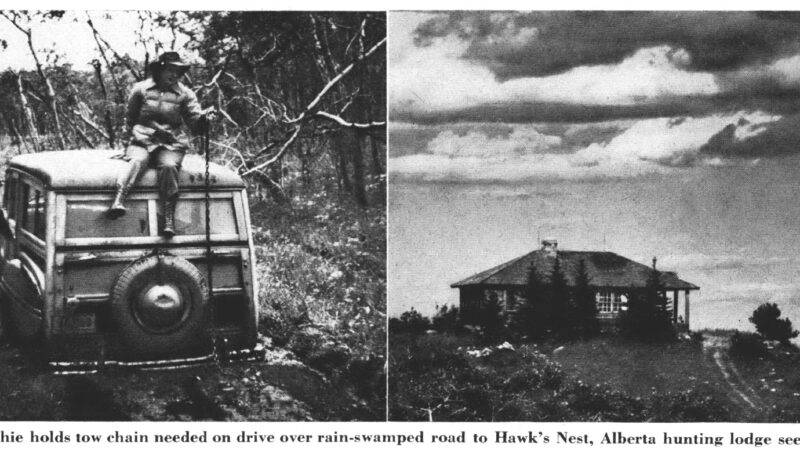The .338 Lapua: King of Long-Range Cartridges?
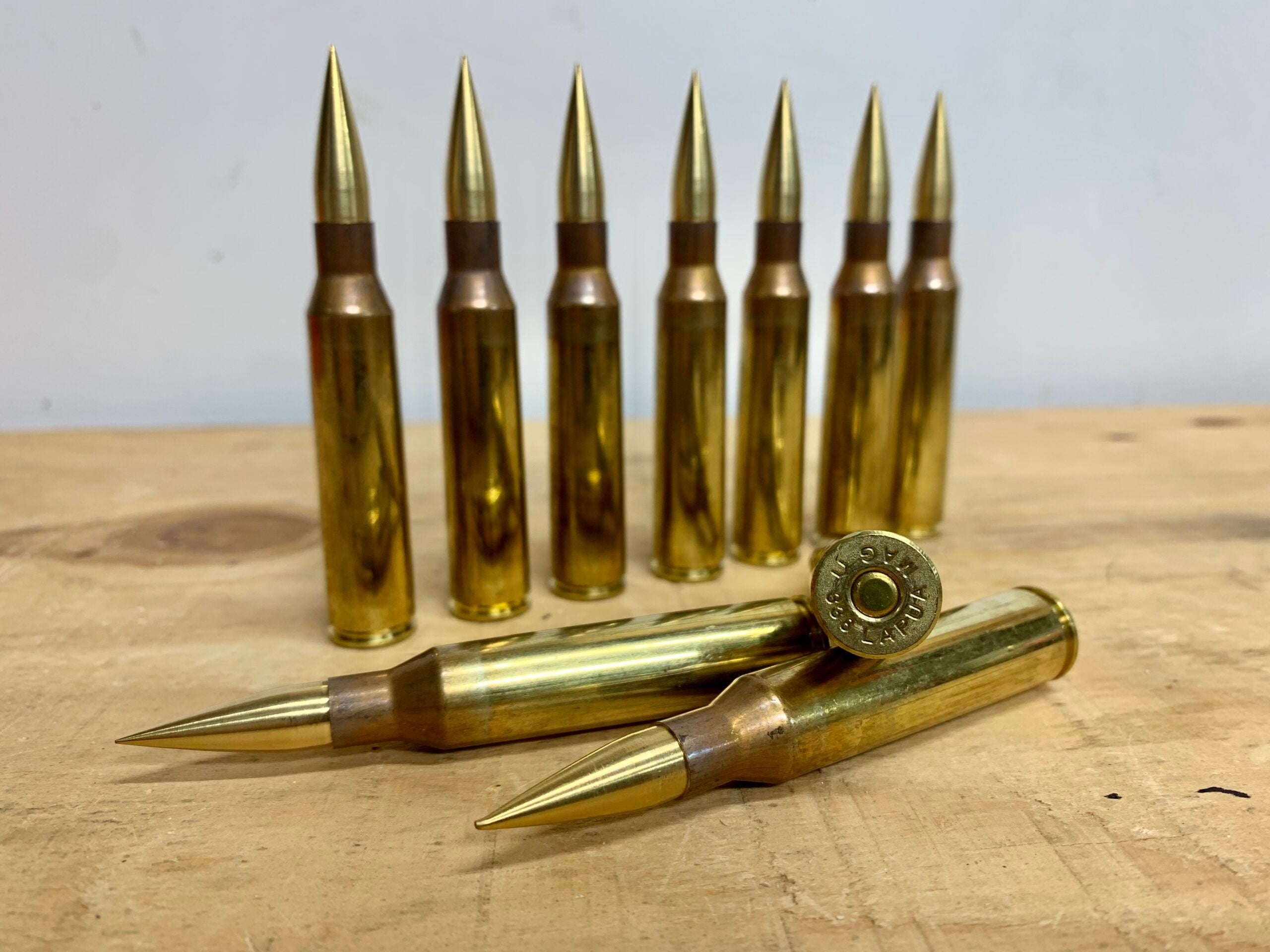
We may earn revenue from the products available on this page and participate in affiliate programs. Learn More ›
I was enamored the first time I picked up a .338 Lapua cartridge. This is like a miniature .50 BMG, I thought. My focus has always been standard and medium sized cartridges like the .25/06 and .30/06, and this wicked-looking round dwarfed even the .300 Win. Mag., which I considered a top-rung performer. That spark of testosterone eventually led me to buy a .338 Lapua rifle of my own.
If one were to start a conversation with the masses on the topic of powerful long-range hunting and target shooting cartridges, the .338 Lapua Magnum will certainly be included. This isn’t a new cartridge, but it’s managed to hang in there. Recently, more companies have offered consumer-grade rifles that are relatively affordable. The cartridge holds a place in the market based on its military service as a sniper round, but is it really all it’s cracked up to be? When we balance a fascination with, and perceptions of the .338 Lapua with its real-world performance characteristics, do we still have a winner?
.338 Lapua Magnum Specs
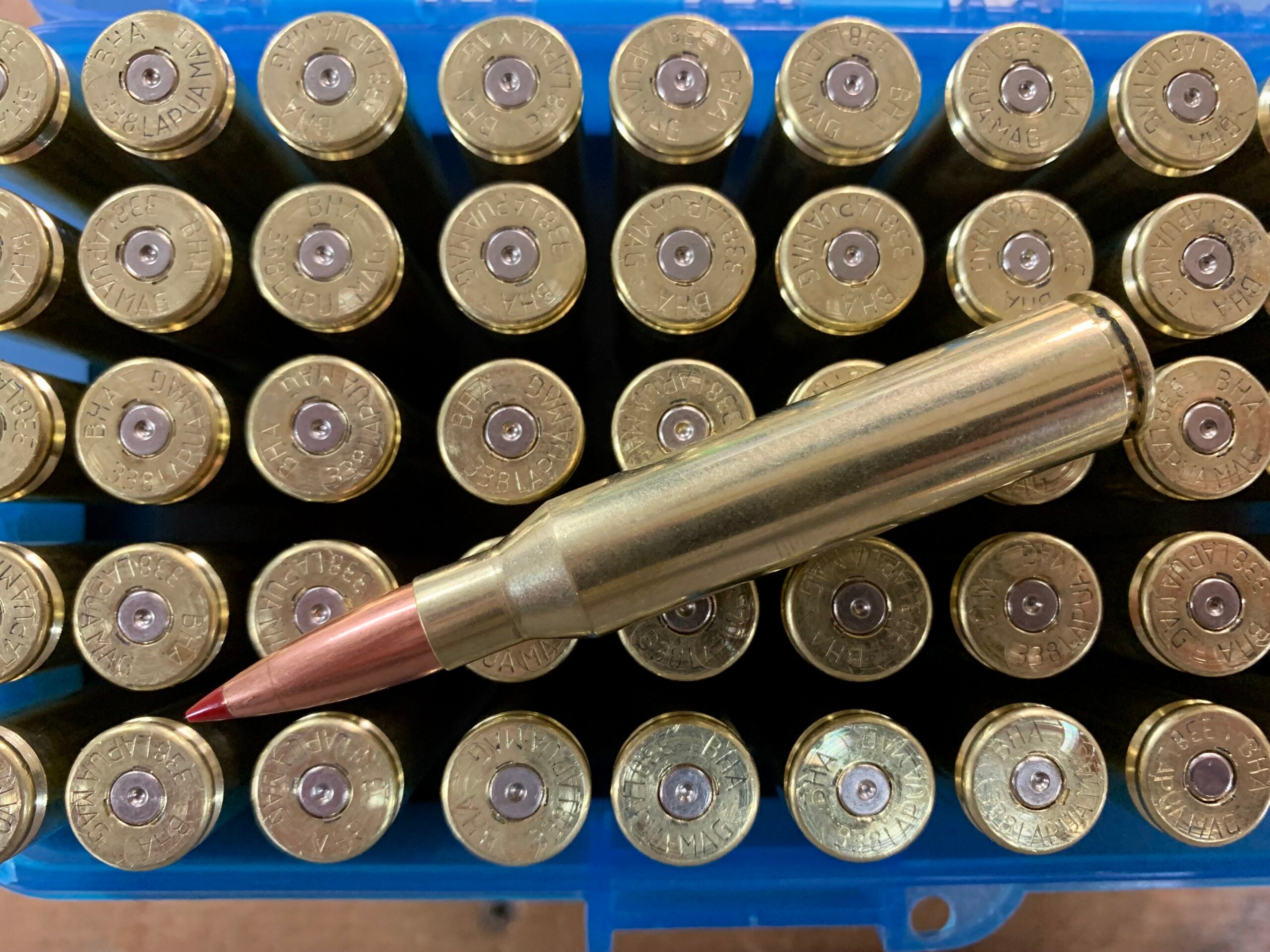
- Parent Case: .416 Rigby
- Bullet Diameter: .338 inches
- Max Cartridge Overall Length: 3.681 inches
- Case Length: 2.714 inches
- Bullet Weights: 200 to 300 grains
- Velocity: 2,600-3,100 fps
- Year Developed: 1983 (finalized in 1989)
The .338 Lapua: A Finnish, American Cartridge
The .338 Lapua was developed with aspirations of being a specialized American military cartridge, but that wouldn’t be realized without some failure. Initial development honed in on long .338-caliber projectiles and a necked-down .416 Rigby case. The Rigby case ultimately couldn’t hold up to the higher pressures required of this .338/416 cartridge, and performance goals weren’t met. Fast forward a few years, and the Finnish company Lapua took on the magnum, revamping the case with thicker brass above the case head. It would now sustain the 60,000 PSI it took to propel a 250-grain bullet at 3,000 feet per second.
The .338 Lapua Magnum was christened and chambered primarily in Sako and Accuracy International rifles. The cartridge got a lot of attention for temporarily owning the longest recorded sniper kill before being bested by a shot with a .50 BMG. The famous American Navy Seal Chris Kyle also used the .338 Lapua Magnum when deployed in Iraq, which added to its renown. Also not to be discounted, modern rangefinders and ballistic solving software have made extreme-long-range recreational shooting a realistic endeavor for the general public—boosting the appetite for proven long-range cartridges.
What Can the .338 Lapua Do?
The notoriety of the .338 Lapua Mag. in the American market has as much to do with its military service record as an understanding of performance characteristics. Shooters are titillated by powerful precision cartridges—or at least the idea of them. Some gravitate towards a proven military sniper cartridge like the .338 Lapua because they take military use as validation of performance. Through its service the .338 Lapua has rightfully earned its standing, but does that make it the best option for you as a hunter or target shooter? Before deciding, it’s important to look at what it is—and what it isn’t.
Ballistic Properties of the .338 Lapua
The .338 Lapua was designed for 250-grain .338-caliber bullets, where cartridges like the .338 Win. Mag. and .340 Weatherby usually top out. It can successfully be loaded with 200- or 225-grain bullets—I’ve seen great accuracy with the Hornady CX—but it’s commonly used with heavier bullets, up to 300 grains. Trajectories and wind drift properties will, naturally, depend on the specific bullet used, but this go-to handload of mine is a good representation of the .338 Lapua’s realistic ballistic potential. It uses a Hornady 285-grain ELD-M bullet propelled by 87.5 grains of Retumbo in Lapua brass.
| Muzzle | 500 yards | 1,000 yards | 1,500 yards | 2,000 yards | |
| Velocity (fps) | 2700 | 2,166 | 1,678 | 1,236 | 1,003 |
| Drop (Mils) | N/A | 2.71 | 7.92 | 15.56 | 27.38 |
| Wind Drift (Mils) 10mph | 0 | 0.63 | 1.44 | 2.54 | 3.93 |
A diligent observer will note that, unlike what you might think about such an artillery shell, the .338 Lapua isn’t a high-speed screamer. Like most modern cartridge design cartridges we see today, this older cartridge lives where accuracy lives—between 2,600 and 3,000 feet per second. Firing a heavy, low-drag bullet like the 285-grain ELD-M or 300-grain Sierra Matchking at those velocities results in a good trajectory, wind resistance, and velocity retention downrange. On paper, my go-to load will stay supersonic to about 1,800 yards, or just beyond a mile.
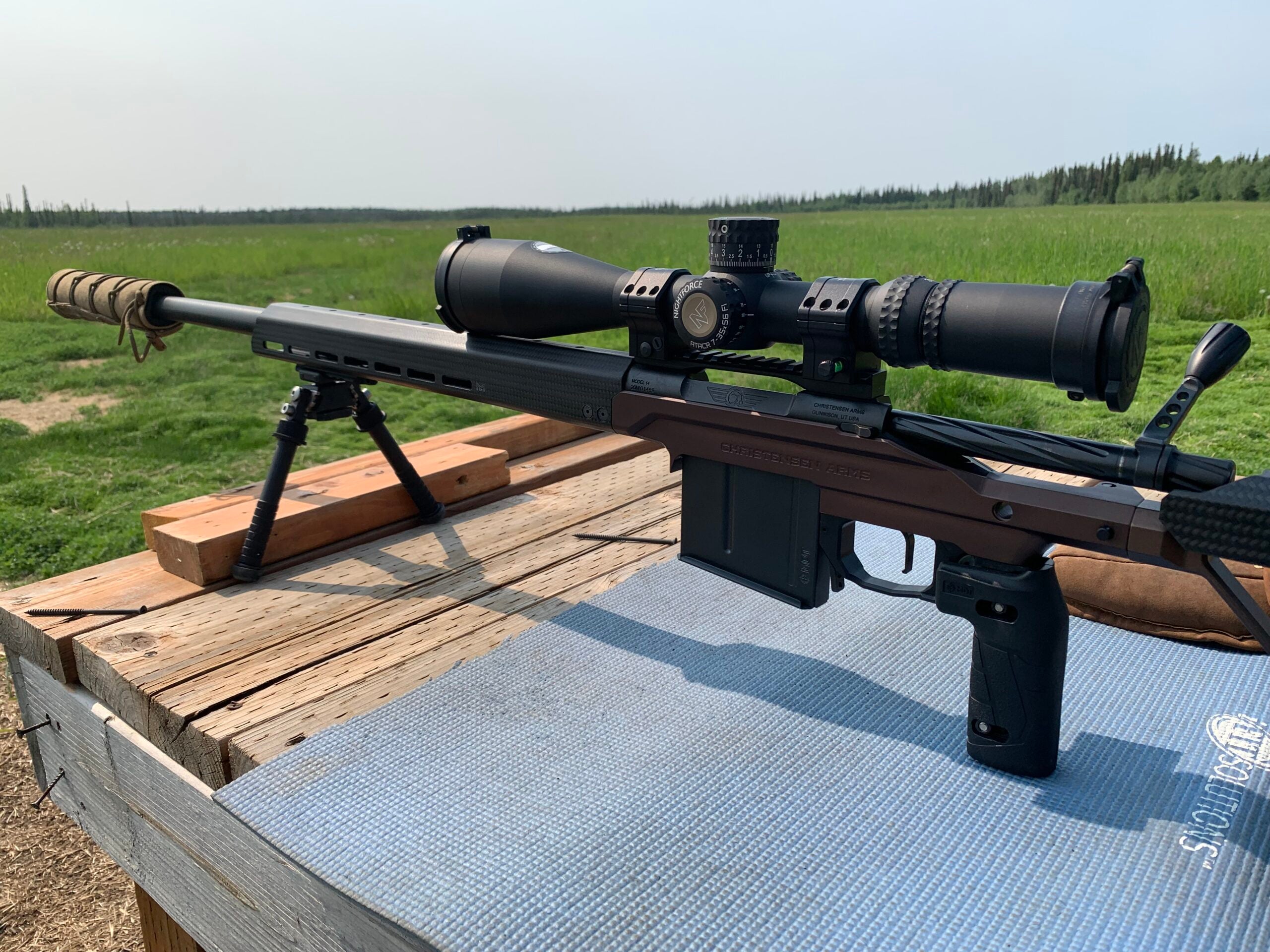
Accuracy
The presumption about military sniper cartridges like the .338 Lapua is that they’re inherently more accurate than your run-of-the-mill hunting round. After all, if you’re talking about shots at or beyond a mile, a cartridge had better be accurate, right? Just like normal cartridges such as the .270 Winchester, results will vary. The .338 Lapua is capable of great accuracy, but remember that most of its noteworthy service was in the best sniper rifles, such as the Sako TRG 42, the Accuracy International AXSR, and the McMillan Tac-338.
Those are superb rifles, but how can the cartridge perform in rifles that are priced within reach of us lowly peasants? I recorded 27 5-shot groups at 100 yards through my Christensen Arms MPR with a few factory loads and handloads to see what that accuracy potential might be. The MPR is light for a .338 Lapua, mine weighs a touch over 14 pounds when outfitted with a Nightforce ATACR, bipod, and suppressor. I’ve seen good accuracy from the platform before, especially when testing 5.56mm ammo. The .223 Remington-chambered MPR I used averaged 0.6- to 0.9-inch 5-shot groups with ammunition it liked.
Varied Results
Here are the average group sizes I got from my .338:
- Hornady Precision Hunter 270-grain ELD-X: 2.864 inches
- Fort Scott Munitions 250-grain TUI: .954 inches
- Sellier & Bellot 300-grain BTHP Match: 1.29 inches
- Handload, Hornady 285-grain ELD-M: .803 inches
Because of the expense and relative lack of abundance, I haven’t had the chance to accumulate a lot of factory ammo data with this rifle, but it responded very well to reloading the Hornady match bullets. I’ve had promising test load results with the 270-grain ELD-X, and Sierra 300-grain Matchking bullets, but lack a decisive data set. The takeaway? The .338 Lapua can shoot quite precisely, but don’t expect extraordinary results from just any rifle/ammunition combo.
Terminal Performance
Part of the appeal of the .338 Lapua is its ability to deliver a heavy projectile at long distances. It brings more momentum than cartridges with similar properties, like the .300 PRC, that fire lighter bullets. With a factory .300 PRC 212-grain ELD-X load leaving the muzzle at 2,860 feet per second, the bullet pretty well mirrors the trajectory and wind drift of my .338 Lapua 285-grain load. However, at 1,000 yards, it only has about 68 percent of the energy (1219 foot-pounds versus 1782 foot-pounds). Energy isn’t everything, but the heavy .338 projectile will certainly deliver a healthy dose.
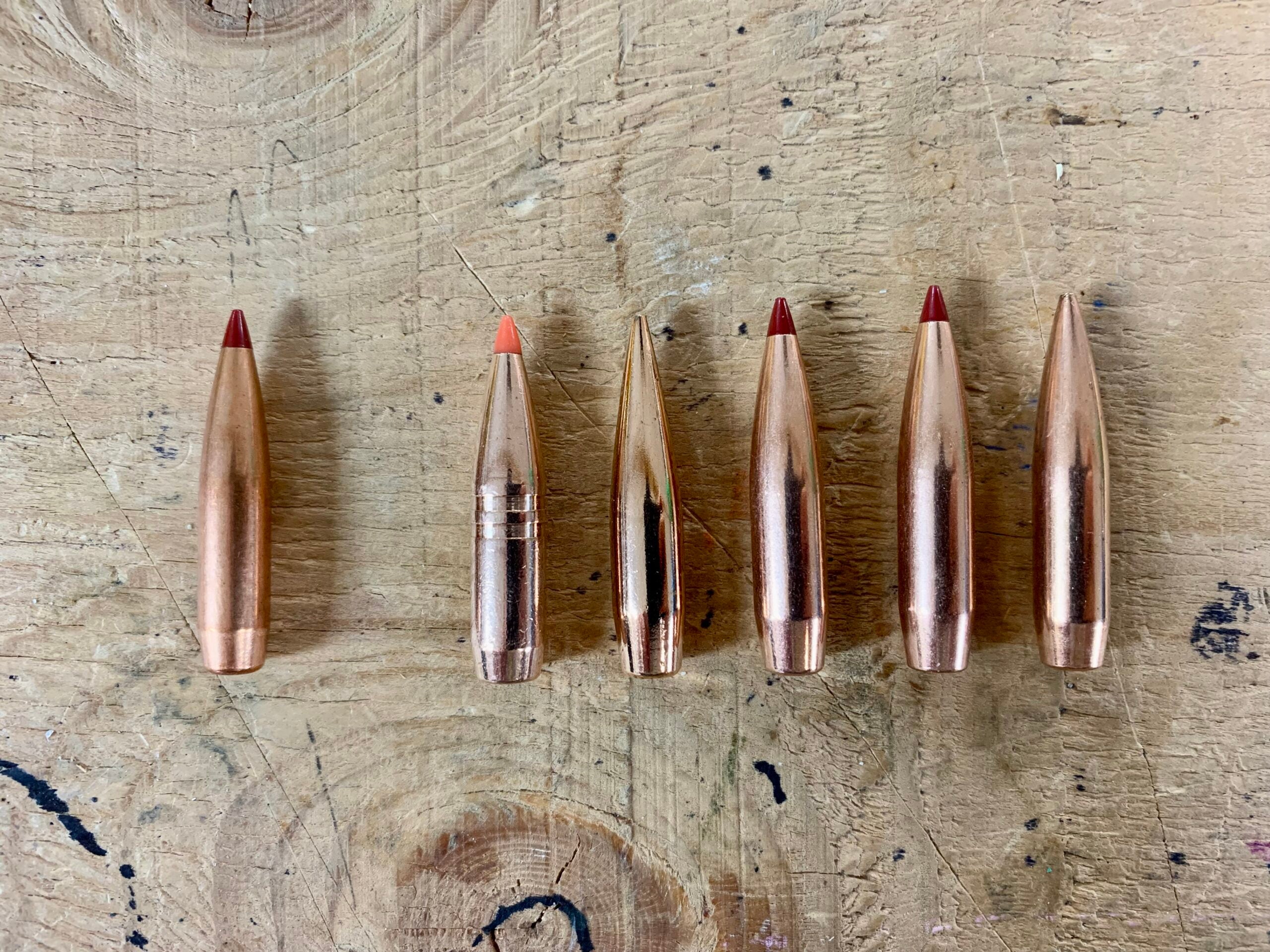
In addition to firing a heavy bullet, a benefit of the .338 Lapua’s mild velocity is that some of those heavy match bullets perform quite well on big game. That 285-grain ELD-M I keep mentioning happens to make a fantastic moose bullet. I’ve been loading them for my father-in-law for a number of years, and our family has collectively killed about a dozen bull moose with them. The bullets are so long that even at close range, the lead core simply wells out into a perfect mushroom. We’ve killed moose to 600 yards decisively. In the case of a .338 Lapua, a soft match bullet like the ELD-M gives a hunter the advantage of assured expansion at long distances. I can’t think of a more resolute cartridge for calculated cross-canyon shooting in thick cover, where a flighty animal like a black bear might need to be anchored on the spot.
.338 Lapua Rifles for the People
A rising tide brings up all ships, and part of the formula that has increased interest in the .338 Lapua is the availability of relatively affordable, good-shooting rifles chambered for it. I would love to own a Barrett MRAD, but it’s probably not in the cards for me—and shooting guns is my job. However, you and I do have some reasonable options when it comes to .338 Lapua rifles.
- Savage Model 110 Elite Precision $2,240
- Savage Model 112 Magnum Target $1,430
- Ruger Precision Rifle $1,999
- Christensen Mesa Long Range $1,734
Downsides of the .338 Lapua
The three biggest negatives that the .338 Lapua drags along with it are cost, bulk, and recoil. The rifles aren’t cheap, and neither is the ammo. And though we’re climbing out of the most recent ammunition shortage, .338 Lapua ammo still isn’t abundant. Reloading is the sensible way to go, but you’re looking at a Bond-villain-level scheme if you hope to get powders like Retumbo or Reloader 26. The powder US869 is less ideal, but still suitable, and is seemingly more abundant right now. If you reload your own, the components will cost you about $6.70 per round for the first loading. The brass is the most expensive component, sometimes costing $5 apiece, and subsequent loadings will cost around $1.70 per round. The takeaway is that it’s still going to be an expensive rifle to feed.
For some hunters the cannons that fire the .338 Lapua are simply too big to happily carry around the mountains. Even the ones that aren’t heavy are long and awkward. For some, this is a dealbreaker—especially with so many appealing short-action performers on the market. The average hunter isn’t ever going to find the benefits worth the hassle for normal conditions.
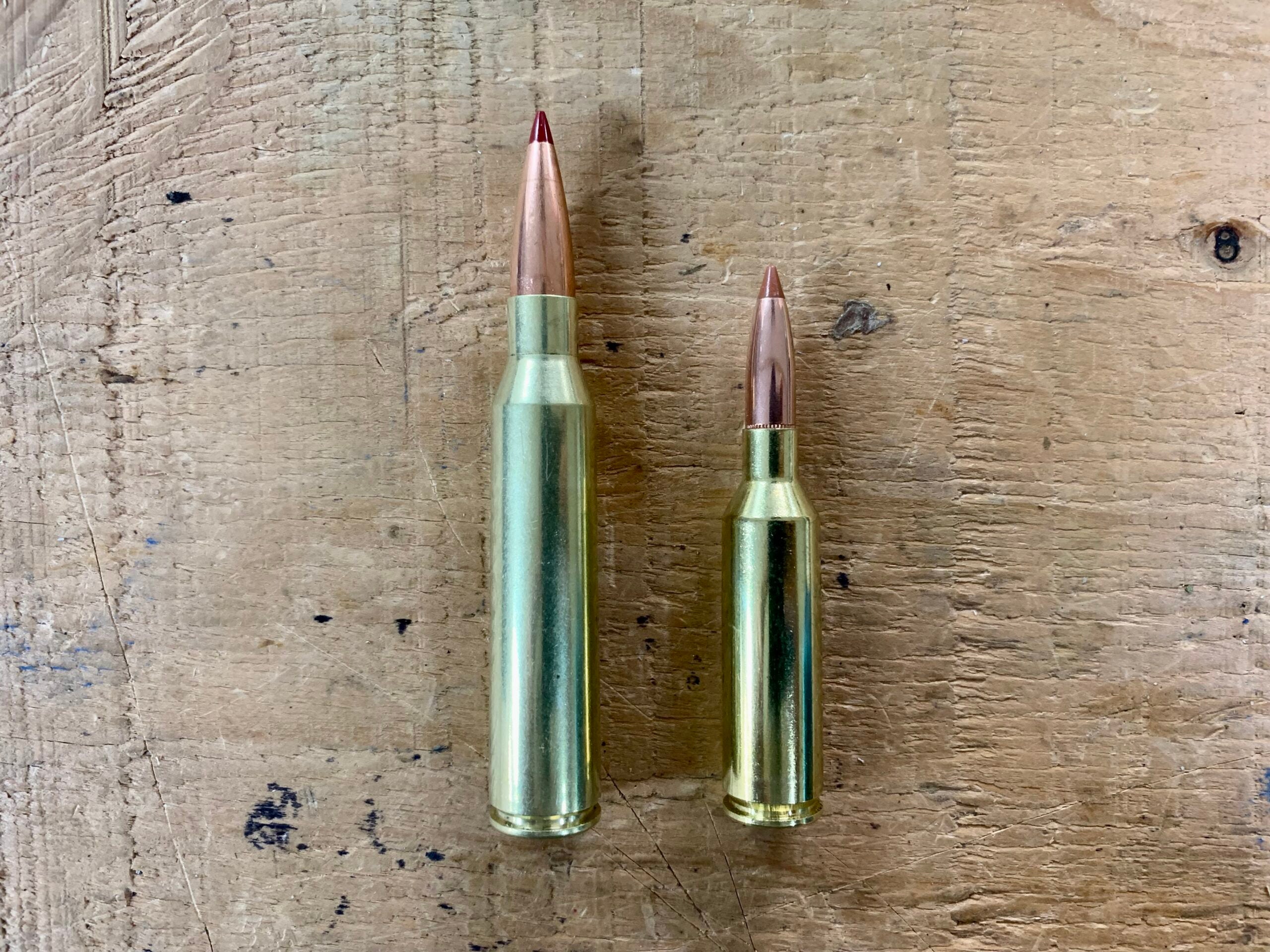
Taming the .338 Lapua
Good muzzle brakes can tame down the savage recoil of a .338 Lapua rifle, but they produce tremendous muzzle blast. These rifles aren’t all that fun to shoot, and they’re especially unfriendly to bystanders. I’ve found that a suppressor calms both recoil and muzzle blast wonderfully, but it’s still a handful. Firing at steel 1,000 yards away, I can’t recover my sight picture fast enough to see the bullet impact.
Despite a high-profile career of precision shooting for militaries worldwide, the .338 Lapua is awkwardly absent from the podium of most long-range competition such as the Nightforce ELR Steel Challenge. Recoil, shootability, and practical accuracy certainly play a factor. There are simply better options for target shooters—more efficient cartridges that are more shooter-friendly, but can hang right with the .338 Lapua on targets. Even the 6.5 PRC is a more attractive option out to 1,500 yards for the recreational long-range shooter.
FAQ
What is the 338 Lapua good for?
The .338 Lapua is good for a variety of hunting and target shooting applications, especially at long distances.
How much does the .338 Lapua cost per round?
Currently, most .338 Lapua ammo costs between $6 and $7 per round.
How many inches does the .338 Lapua drop at 500 yards?
With a 100-yard zero, the .338 Lapua will drop around 50 inches at 500 yards. But that will vary between different loads and bullets.
Is .338 Lapua the best long-range caliber?
The .338 Lapua is a great long-range caliber, but it’s not the best for every application.
Final Thoughts: Is the .338 Lapua Right for You?
The .338 Lapua has earned its reputation as a long-distance hammer, and it can still hold its own. It’s seen worldwide military use, and is a devastatingly effective hunting cartridge. If the story and authoritative stature of this magnum cause an intangible arc of interest or inspiration for your own shooting or hunting, eat your heart out.
Read Next: Best Hunting Rifles
If you’re purely about the numbers or pinching pennies, the .338 Lapua might not make sense for you. Most ammunition costs almost as much as .50 BMG match ammo, and we live in a time with many excellent long-range calibers. The 6.5 PRC, 6.5 SAUM, 7mm PRC, .300 PRC, and even .300 Win. Mag. are plenty good enough to cover almost all the applications that we’d consider the .338 Lapua for. It’s a solid, proven, adequate long-range cartridge, but it’s not best-in-class at any given application.
The post The .338 Lapua: King of Long-Range Cartridges? appeared first on Outdoor Life.
Articles may contain affiliate links which enable us to share in the revenue of any purchases made.




